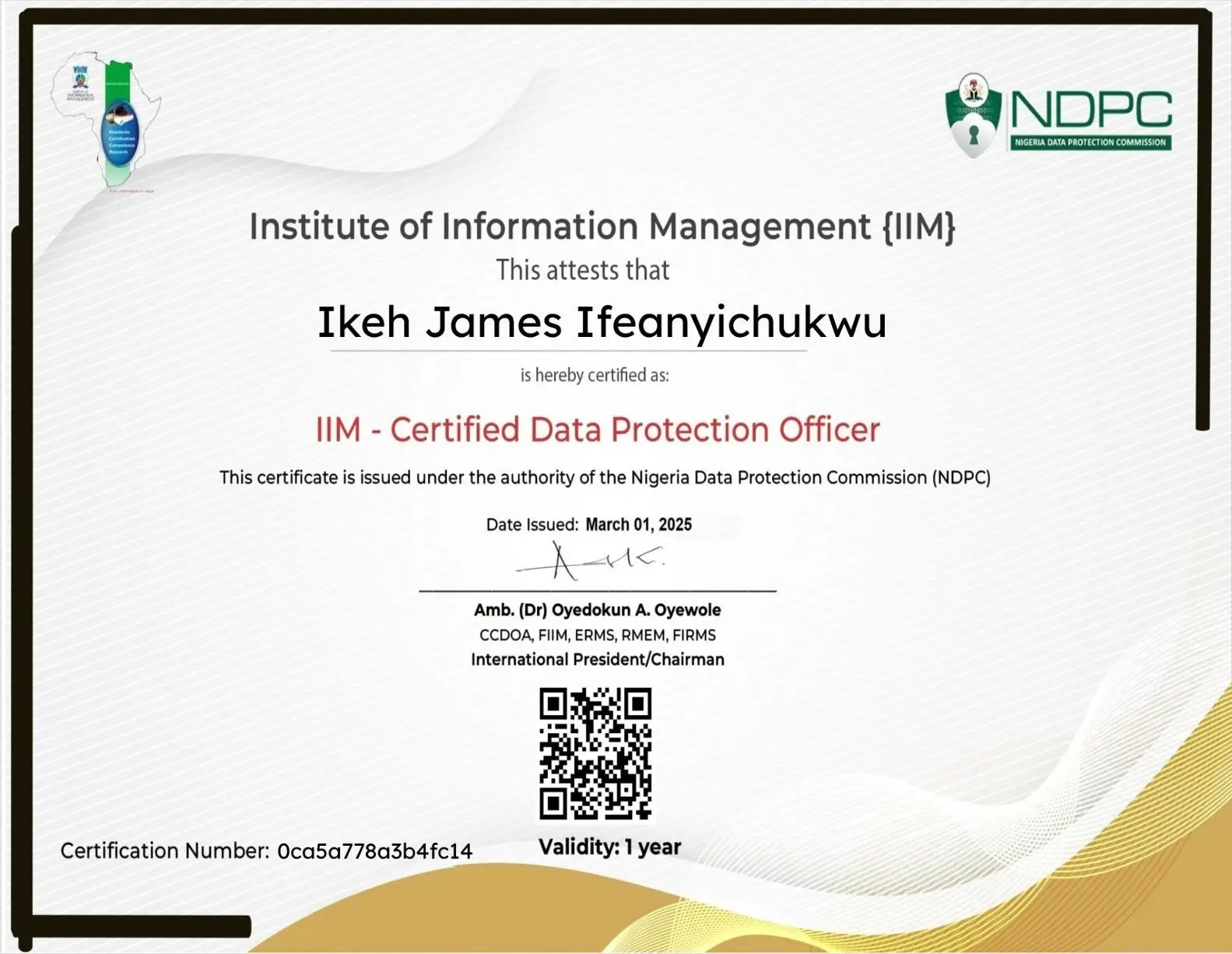Are U.S. Companies Ready for Post-Quantum Encryption?
Share

We stand on the edge of a major shift in cybersecurity: the dawn of post-quantum encryption (PQC). While today’s encryption algorithms (RSA, ECC) have served us well, emerging quantum computers threaten to break these foundations. For U.S. organisations—from Fortune 500 companies to critical infrastructure providers—the question is urgent: Are they ready for this change?
The answer: many are aware of the risk, but relatively few are fully prepared. This article explores the current state of readiness in U.S. companies, the technical and organisational challenges they face, real-world examples of early adopters, and practical steps to get quantum-secure today.
What Is Post-Quantum Encryption and Why Does It Matter?
Post-quantum encryption refers to cryptographic algorithms that remain secure even in the face of powerful quantum computers. Why? Because quantum algorithms such as Shor’s and Grover’s threaten to render standard public-key systems (like RSA and ECC) vulnerable. arXiv+1
From a business perspective, this means: data encrypted today could be captured by adversaries now, then decrypted later once quantum computing matures—a strategy sometimes called “harvest now, decrypt later”.
According to U.S. guidance (such as from Cybersecurity & Infrastructure Security Agency or CISA), organisations that manage critical infrastructure must begin their transition to PQC now—not when quantum becomes fully functional. CISA
Current Readiness of U.S. Companies: The Reality Check
Awareness vs Action
- A recent survey by DigiCert found that 69% of organisations believe quantum computers will break current encryption within five years, yet only 5% have implemented quantum-safe encryption. GlobeNewswire+1
- Another report noted that around 40% of organisations have taken no action whatsoever on post-quantum readiness. resilienceforward.com+1
- The average global “Quantum-Safe Readiness Index” (from IBM) is just 25 out of 100—indicating early stages of preparation. IBM
Key Findings
| Metric | Finding | Implication |
|---|---|---|
| Implementation of PQC | ~5% of enterprises have quantum-safe encryption in place. GlobeNewswire | Vast majority still vulnerable. |
| Organisations with no action | ~40% have not started. resilienceforward.com | Many are behind schedule. |
| Industry readiness agenda | Guidance exists but adoption slow. KPMG+1 | Risk of rushed migration later. |
Why the Delay?
- Complexity & cost: Migrating to PQC is not simply “swap algorithm A for B”. It involves inventorying cryptographic assets, upgrading hardware/firmware, software updates, vendor coordination. APN News+1
- Lack of standards maturity: While some algorithms are now standardised (thanks to National Institute of Standards and Technology (NIST)), full industry roll-out is still in early phases. Infosecurity Magazine
- Skill gaps: Organisations often lack cryptographic expertise and struggle with ownership of the PQC transition. Infosecurity Magazine
- Perceived time-buffer: Many believe quantum threats are years away and therefore push planning to later. But the “harvest now” risk undermines that view.
Sectors & Use Cases: Where U.S. Companies Are Taking Action
Early Movers
- Many large tech firms and cloud providers in the U.S. are piloting or already integrating PQC frameworks into their services. TechBullion+1
- Critical infrastructure (telecom, finance) are being targeted by regulators and security agencies for early adoption. CISA
Real-World Examples
- A financial institution in the U.S. reportedly partnered to test quantum-key distribution and PQC algorithms in its data-centre communications—with encouraging performance metrics. TechBullion
- A major cryptographic service provider (DigiCert) highlighted that only 5% of enterprises have taken full implementation steps—even though they recognise the threat. GlobeNewswire
Why It Matters for Different Industries
- Financial services & banking: Long data-lifespan, highly regulated, major target for cyberattacks.
- Healthcare: Protected health information must remain secure for decades—any future quantum breach could jeopardise past data.
- Critical infrastructure & government contractors: National security, supply-chain integrity, resilience depend on quantum-secure planning.
What U.S. Companies Should Be Doing Right Now
Four Phases of a Quantum-Safe Encryption Migration
- Discovery & Inventory: Identify all cryptographic assets—certificates, keys, protocols, hardware modules. KPMG
- Risk Assessment & Prioritisation: Determine which systems/data are at highest risk (e.g., long-term confidentiality, critical infrastructure).
- Pilot & Hybrid Deployment: Test PQC algorithms (for example, NIST-approved ones like CRYSTALS-Kyber, Dilithium) in hybrid mode (classical + quantum-safe). TechBullion
- Full Migration & Crypto-Agility: Finally shift production systems, ensure vendor readiness, manage key lifecycle, and adopt a crypto-agile posture (i.e., ability to switch algorithms when needed).
Immediate Action Items for U.S. Businesses
- Engage with vendors: Ask software/hardware providers for their PQC roadmap. PostQuantum.com
- Update policy & governance: Add quantum-risk discussion to board level, allocate budget and responsibilities.
- Train internal teams: Upskill cryptographic and DevSecOps teams in PQC concepts and standards.
- Monitor regulations: In the U.S., federal agencies are signalling quantum-ready cryptography by certain deadlines.
- Adopt layered security: Recognise PQC is part of a broader strategy—physical security, access control, zero-trust architectures still essential.
Challenges and Obstacles Ahead
- Vendor ecosystem readiness: Not all libraries, HSMs, or devices currently support quantum-safe algorithms. Survey of cryptographic libraries found wide variation in PQC support. arXiv
- Performance trade-offs: Some PQC algorithms impose larger keys, longer handshake times, or require hardware updates. Businesses must balance performance vs security. TechBullion
- Legacy systems: Many critical systems are decades old—migration might require firmware/hardware replacement, a costly endeavour.
- Budget & prioritisation: With many other cybersecurity projects competing, PQC may not get top priority until something breaks.
- Uncertain threat timing: While quantum computers capable of breaking current encryption may still be years away, the “harvest now, decrypt later” strategy makes early action important. Infosecurity Magazine
FAQs
Q: Can current encryption standards really be broken by quantum computers?
Yes—some public-key systems (like RSA, ECC) are theoretically vulnerable to quantum algorithms like Shor’s. That said, widely deployed “cryptanalytically relevant quantum computers” (CRQCs) are not yet available in the commercial realm. The Verge
Q: Do all U.S. companies need to migrate now?
Yes and no. Prioritisation matters. Companies with long-lived data, critical infrastructure, regulated sectors, or high value IP should act now. Others should still initiate planning and pilot phases.
Q: What is “crypto-agility”?
It’s the capability to switch cryptographic algorithms, keys or protocols with minimal disruption—key in a quantum-safe strategy.
Q: What are some NIST-approved PQC algorithms companies should watch?
Examples include CRYSTALS-Kyber (for key exchange) and CRYSTALS-Dilithium (for signatures).
Q: Will switching to PQC hurt performance or compatibility?
Possibly—but many early deployments show manageable overheads (for example 1-5% latency increase) if planned correctly. TechBullion
Conclusion
In short: U.S. companies are aware of the quantum encryption challenge—but by and large they are not yet ready. Many remain in early planning or pilot stages, while a small minority have began migration. Because cryptographic transitions are complex and time-consuming, delaying puts organisations at real risk of being caught unprepared when quantum computers reach maturity.
The good news: with structured planning—inventorying crypto assets today, prioritising high-value systems, piloting PQC now, and building crypto-agility—you can future-proof your organisation for the quantum era. The clock is ticking; the transition has already begun.
























Leave a Reply